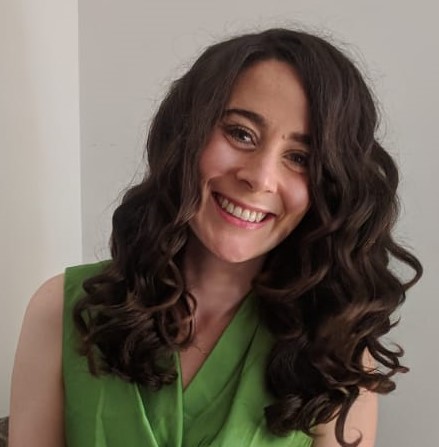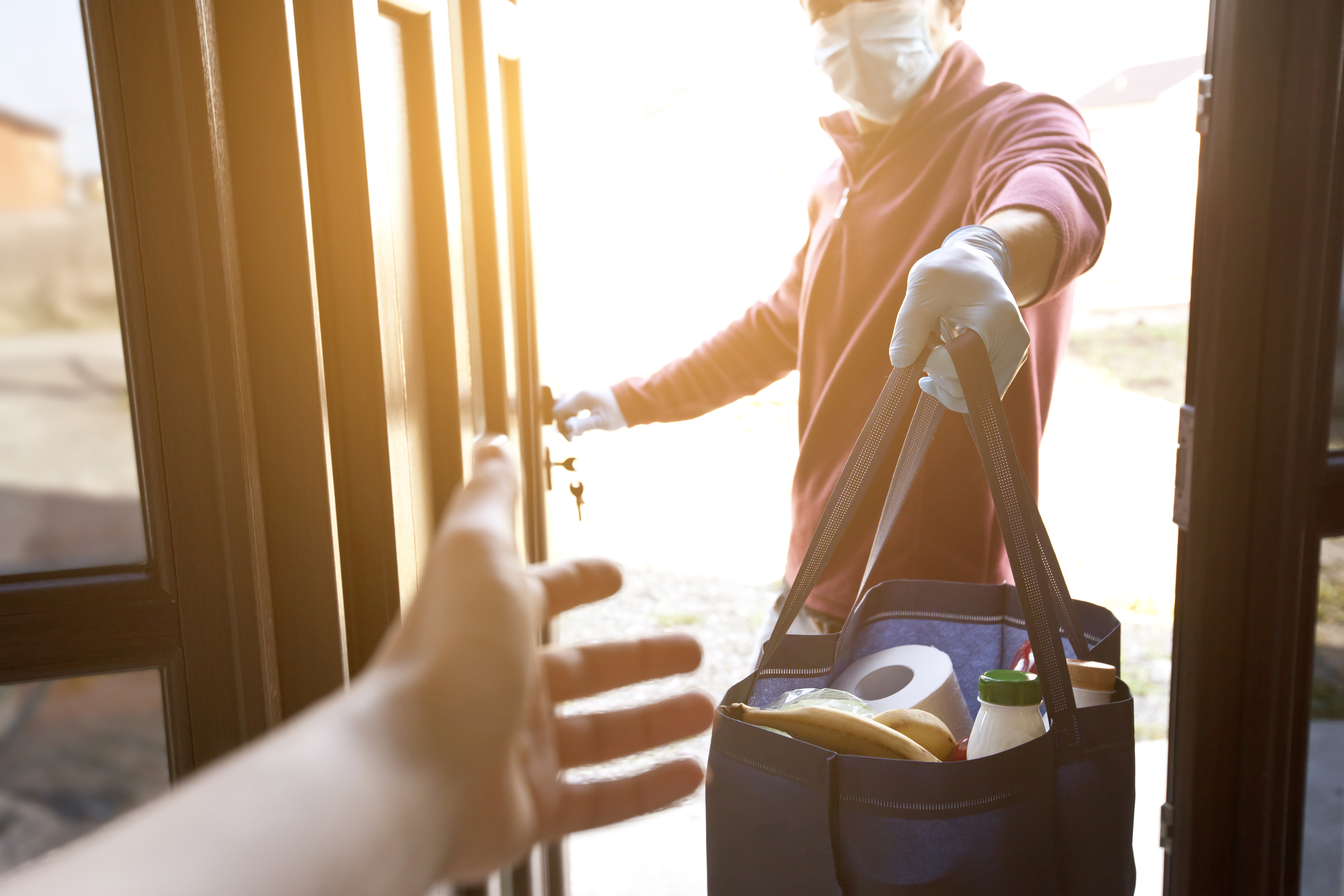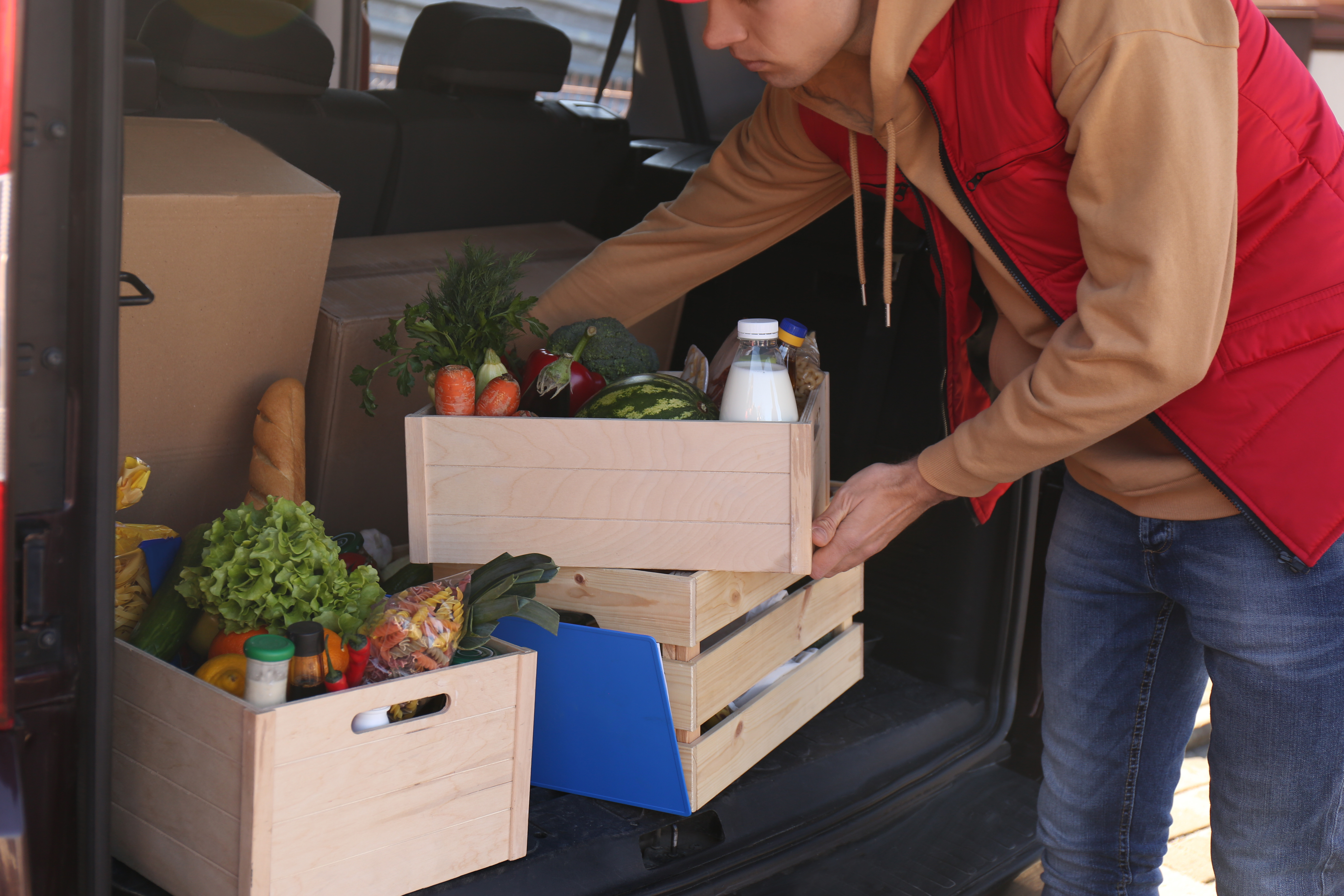



Pressures of COVID-19 pandemic force food banks to overhaul operating procedures to meet demand
In part 2 of ffinlo Costain’s interviews with food relief organisations, he speaks with Greg Silverman of the Westside Campaign Against Hunger about how their daily operations have changed due to COVID-19.Part of Series:
< Previous Article in Series Next Article in Series >
As developed nations extend lockdown orders and close non-essential businesses due to coronavirus, thousands of furloughed and newly unemployed workers face poverty and food insecurity. Since local governments are struggling to process new claims for assistance, many people are turning to food banks and hunger relief organisations to meet their needs.
Frontline relief organisations in the US tend to be ad hoc and struggle to find food resources for their clients in normal circumstances. The economic and social pressures of the pandemic have forced food banks to overhaul their standard operating procedures to meet the new health and safety challenges. They are also being strained by surging demand from their clients. Many haven’t been able to cope with the emergence of COVID-19 and have closed, highlighting the weaknesses in the US social safety net.
Establishing the best practice model
The Westside Campaign Against Hunger operates a “choice model” pantry. Instead of receiving free, pre-packed parcels, clients browse a supermarket-style pantry and select the items they want for themselves and their families. As Greg Silverman explains to Costain, this makes the pantry’s users feel more like customers at a grocery store instead of recipients of a handout; it preserves their dignity. The choice model also reduces food waste as customers take only what they need.
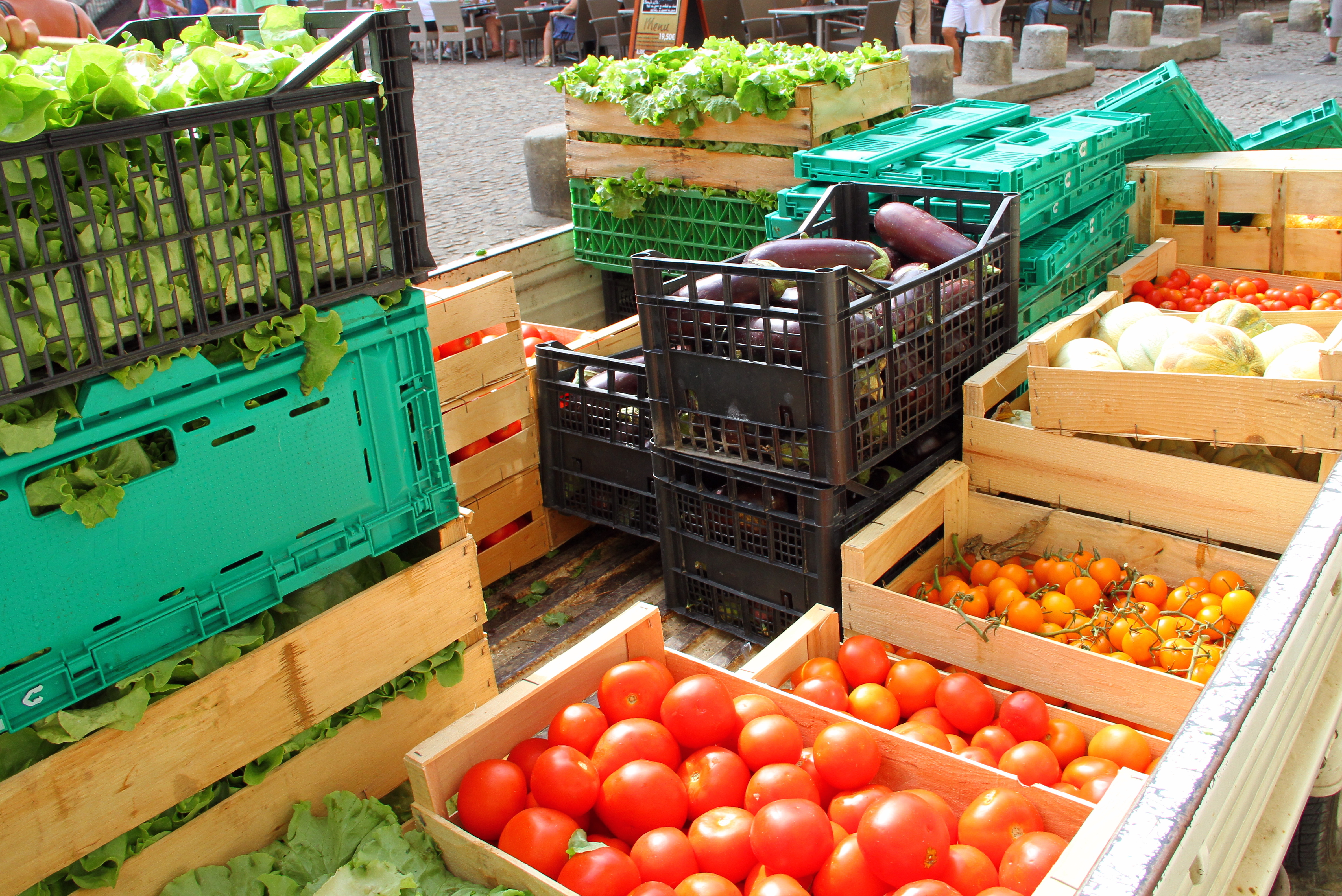
The Westside pantry allows customers to select a mix of fresh produce, milk and meat. Canned, dried and long-life foods are still part of the aid, but they don’t form the majority of what customers can choose.
In addition to the pantry, The Westside Campaign has staff members available to assist customers who need social services or aid from other official channels. Silverman explains that staff try to see what benefits people need to access at local, state and federal levels. This way, they can become more secure and find a way out of poverty.
In Silverman’s view, this is the strength of the Westside Campaign’s mission. Gaining access to food is often the first step for his customers – building resilience requires a holistic approach to aid.
60 percent of the Westside Campaign’s customer base is Latinx, with many recent immigrants accessing the service. 28 percent of customers are senior citizens who cannot make ends meet with social security payments. Silverman finds that the working poor and underemployed are a minority of the pantry’s clientele.
The Campaign’s customers still shop at mainline grocery stores, the pantry tends to top up what people already have. Silverman explains that Westside’s mission helps stretch people’s food dollars.
“[Being] poor is the hardest job that exists,” he tells Costain.
Coronavirus as the ultimate stress test
Before the pandemic, New York City had nearly 700 food pantries. Silverman reports that nearly 30 percent have closed because of COVID-19, leaving customers to contend with a weakened and threadbare social safety net.
The biggest issue the Westside Campaign faces is needing to scale up production while also safeguarding staff against infection. After New York’s pandemic worsened, the volunteer groups who normally packed, distributed and inspected food items stopped working due to safety reasons. The decrease in staff coincided with increased need, making the project more difficult.
The pantry has shifted its business model to adapt to the pandemic – but this hasn’t been straightforward. On the supply side, the pantry has discontinued the choice model and is handing out pre-packed food parcels. They have also moved away from fresh produce and started stocking shelf-stable items that don’t require the same level of inspection. Safety gear and tents have been added to their weekly budget.
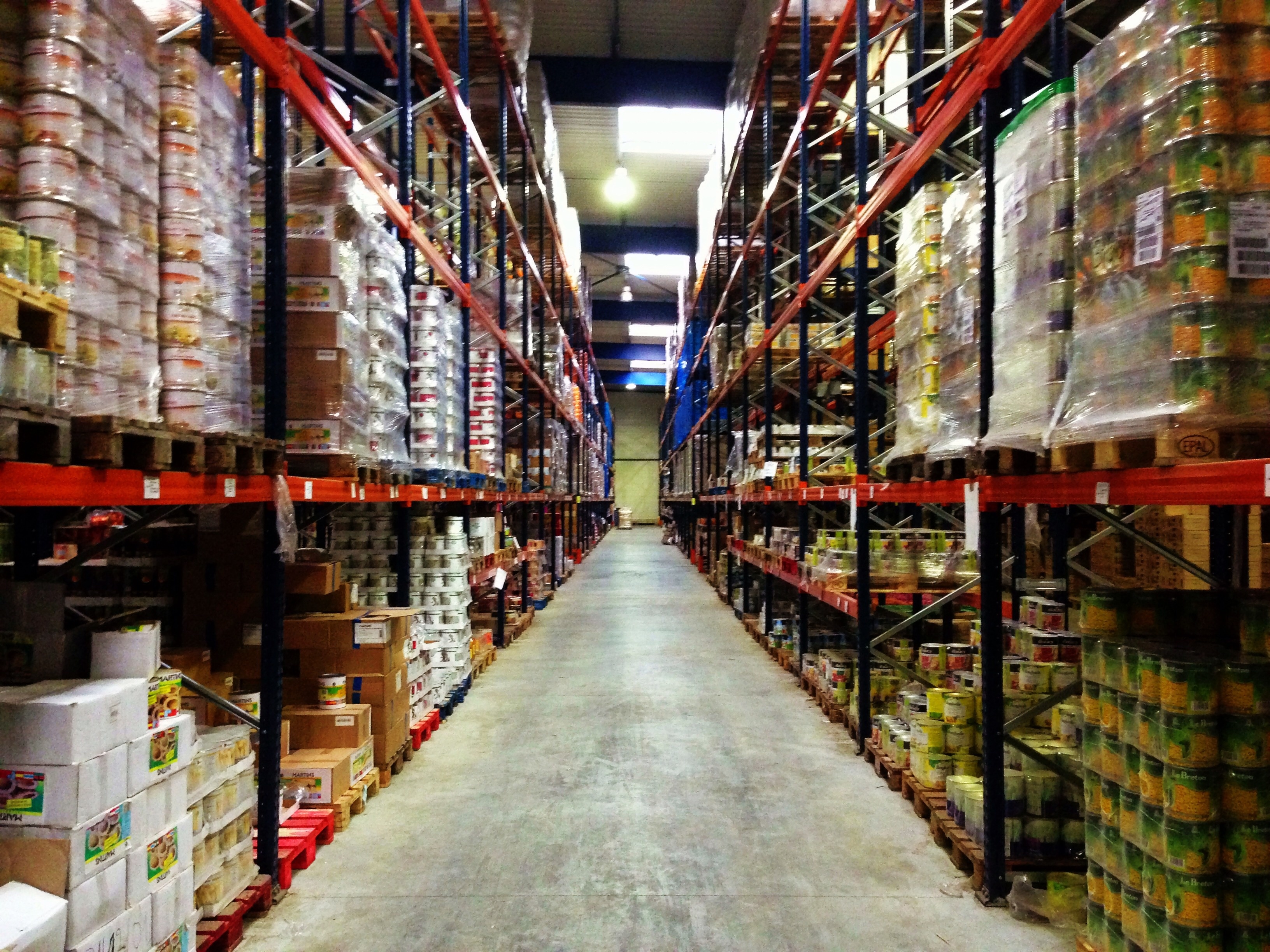
Though resources are stretched now, Silverman anticipates a surge in demand as people who worked in the service industry exhaust their personal resources and sign on to benefits. Though more funding is coming in now, windfall donations tend to drop off after the first wave of a crisis. He anticipates similar behaviour during COVID-19.
Identifying gaps in the system
In Silverman’s view, the American social safety net isn’t as strong or well-implemented as it could be. He tells Costain that COVID-19 accentuates every crack in the system. The entire existence of the Westside Campaign underscores the fact that there isn’t a workable safety net for hungry New Yorkers. Of the official programmes that exist, Silverman says that they are incredibly difficult to access and don’t give recipients a lot of aid.
Silverman hopes that the pandemic will serve as a wake-up call for those in power. It’s difficult to make those who are economically resilient understand the challenges of living in poverty. 40 million Americans were on food stamps before the crisis – and the Trump administration has made that aid more difficult to access. Coronavirus will be a crash course in what it means to be hungry and unsure of our resilience.
Silverman explains that New York City, and the United States in general, has relied on ad hoc food pantries for emergency hunger relief for over 40 years. However, this could be part of the problem. “An emergency doesn’t last for 40 years,” he says.
“That’s a failed system.”
Listen to ffinlo Costain’s interview with Greg Silverman on the Farm Gate podcast.







